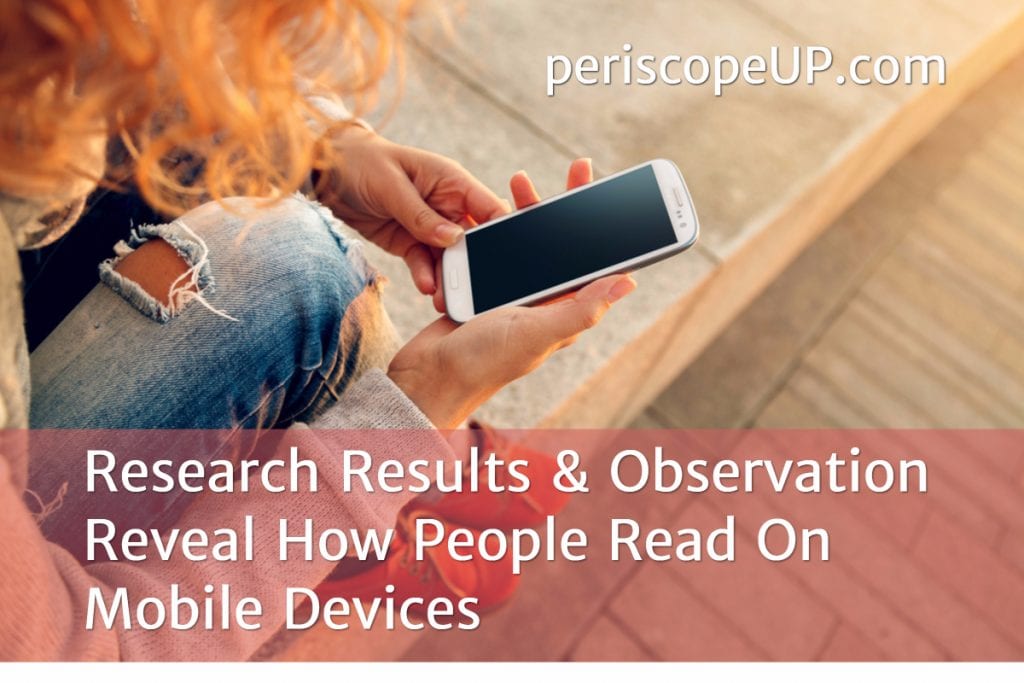 Okay we get it. Everything must be mobile friendly, but is a responsive site good enough? How does mobile affect written content? The industry research and real life observation might surprise you.
Okay we get it. Everything must be mobile friendly, but is a responsive site good enough? How does mobile affect written content? The industry research and real life observation might surprise you.
Google loves fast sites. To make yours faster Call (443) 475-07787 or Contact Us online.
Small Screens Change How People Read – Sort Of
Your intuition might tell you that a smaller screen affects reading comprehension or speed. Well, it’s not so simple. The Nielsen Norman Group actually studied this. They found that reading speed and comprehension are about the same on smartphones and desktop. Still, if your subject matter is very complex, things slow down about 30 milliseconds per word.
One surprising result is that comprehension overall was better on mobile. We think this might be due to the fact that on a smartphone, you can’t toggle between sites as easy. Or maybe it’s because reading on a device is more like reading a book, that is, up close and personal.
Are Short Titles Better For Mobile?
Small screens mean short titles are better, right? Maybe not. If the title tells a good story, length may not matter so much. Neil Patel wrote a super in-depth piece about how to craft content for mobile, and it’s a must read. Still, his views on title length should be reconsidered.
Look at the title of this post. It’s kind of longish, but on a mobile device it occupies the screen more dominantly. The shorter “How People Read On Mobile Devices” might be okay for SEO, but it’s kind of dull. Don’t be afraid of longer titles if they tell a compelling story.
Other issues to consider are search engine result page (SERP) appearance vs. your site’s table of contents appearance. The good news is that you can fashion meta tags to be different than your page titles.
Long Articles Are Not Forbidden
While short pieces might be better for some brands, the longstanding rule works best: make it as long as it has to be. These days people aren’t afraid to do research and read longer posts on their mobile device. If all you offer are short articles without depth, you might lose readers.
Give It To Them In Stages
The Patel article also suggests to give them a summary at the beginning or a conclusion at the end. This is great advice, but make sure it’s not boring. Just like any online audience, users are quick to leave if they get bored.
Embed Video If You Can
Video is certainly the mobile king. However, you might not have the resources to create your own. It might be worth embedding relevant videos within your written content anyway. If it backs up what you have to say, go for it.
Don’t Crowd Your Text With Links
Don’t you hate it when you’re thumb scrolling and you hit a link by mistake? Keep the links to a minimum, but don’t avoid them altogether. If you have many references, list them at the bottom instead.
Final Tip
Don’t rely on the desktop mobile simulator to evaluate your content. Read it on your device and see if it feels right.
Optimize for mobile, desktop and device. Call (443) 475-07787 or Contact Us online.







